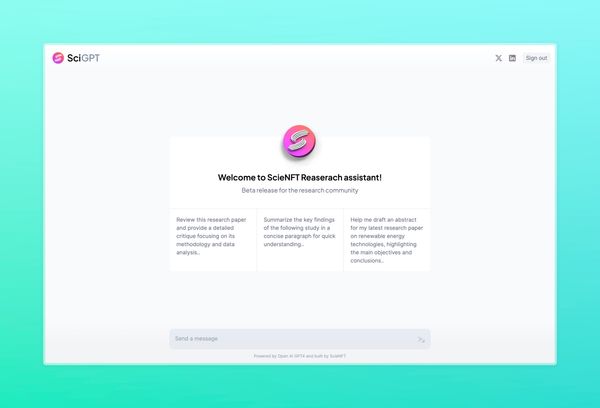Smart contracts and science

Smart contracts are details of the agreement between the buyer and seller that are directly encoded into lines of code. These contracts self-execute. The blockchain network executes and upholds the code and the agreements contained. Smart contracts enable trusted transactions and agreements between dispersed, anonymous parties without the need for a centralized authority.NFTs are issued via smart contracts, which are also used to determine who is the token's owner.
The creator is automatically designated as the owner by the smart contract whenever a new NFT is created. When a sale occurs, NFT smart contracts have the ability to transfer the token to the new owner.There are several situations where smart contracts can be helpful, one of them being science and research. The sharing of data and research outcomes can be facilitated through smart contracts. For instance, a researcher might create a smart contract to outline the conditions for how other people can access and utilize their data. The permitted uses, fees, and any attribution or acknowledgment requirements could all be specified in the smart contract.
The researcher may make sure that the use of their data is in line with their objectives and values by using a smart contract. By using smart contracts, researchers can easily share their data and findings with the wider scientific community, which can help to increase the impact of their work and facilitate collaboration with other researchers.
The use of smart contracts has the potential to facilitate the sharing of data and research findings in the scientific community, which can help to promote open science and increase the transparency and reproducibility of research. While there are challenges to the adoption of smart contracts in science, the potential benefits make it worth exploring as a means of improving the research process. As smart contracts and other decentralized technologies continue to evolve and mature, it is likely that they will become increasingly important tools in the scientific community.





